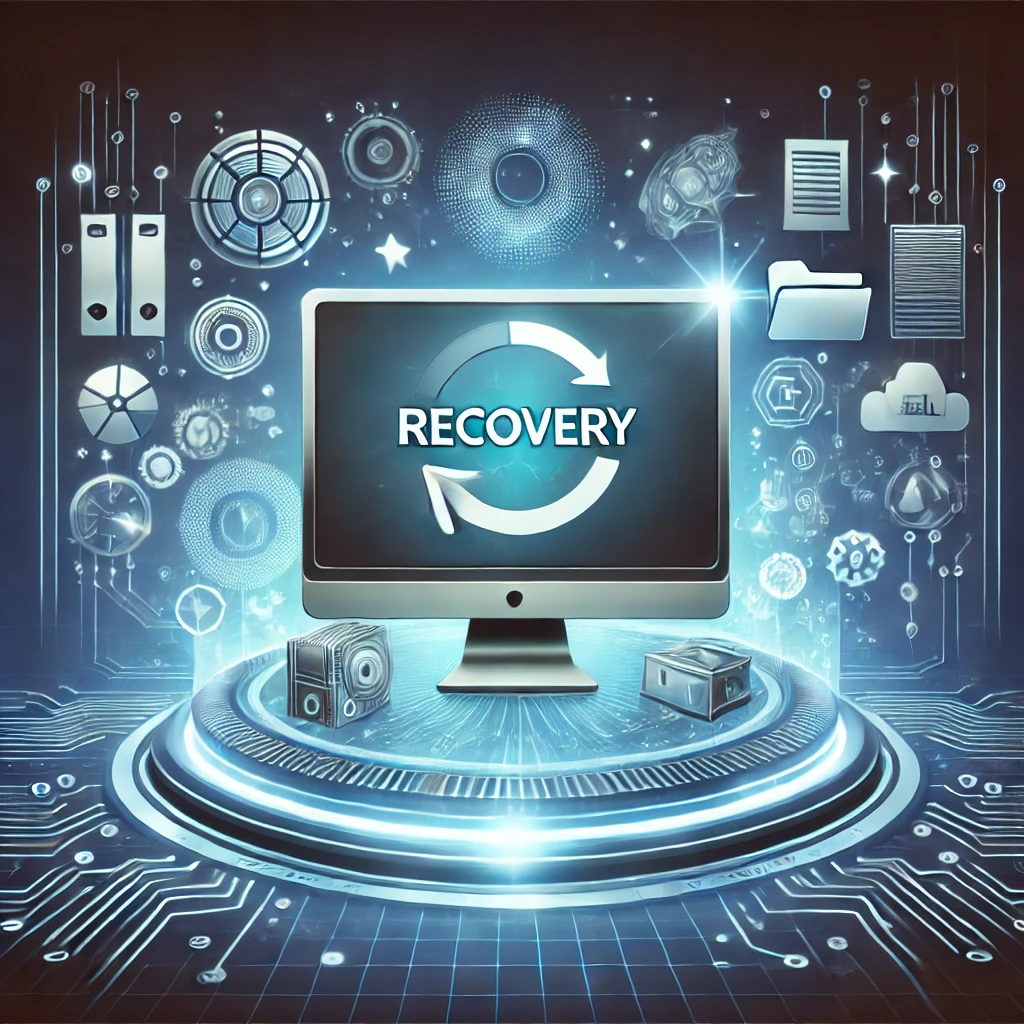Boot sector viruses and operating system (OS) recovery are critical topics in the realm of computer security and data integrity. These malicious programs can wreak havoc on a system, making it unbootable and causing significant data loss. Understanding how to troubleshoot and recover from such infections is essential for both IT professionals and everyday users.
Understanding Boot Sector Viruses
Boot sector viruses are a type of malware that infects the master boot record (MBR) of a hard drive. The MBR is a crucial part of the boot process, as it contains the code necessary to start the operating system. When a boot sector virus infects the MBR, it can prevent the system from booting correctly, leading to a range of issues from slow performance to complete system failure.
How Boot Sector Viruses Spread
Boot sector viruses typically spread through infected media, such as USB drives, CDs, or even network connections. When an infected device is connected to a computer, the virus can transfer to the MBR, embedding itself in the system’s startup routine. Once the virus is in place, it can replicate and spread to other connected devices, perpetuating the cycle of infection.
Symptoms of a Boot Sector Virus
Identifying a boot sector virus can be challenging, as the symptoms often mimic other types of system issues. Common signs of infection include:
- Unusual error messages during startup
- Slow or unresponsive system performance
- Frequent system crashes or reboots
- Inability to access certain files or programs
- Changes to system settings or configurations without user input
If you notice any of these symptoms, it’s crucial to take immediate action to diagnose and address the potential infection.
Diagnosing and Removing Boot Sector Viruses
Effective diagnosis and removal of boot sector viruses require a combination of specialized tools and techniques. Here are some steps to help you identify and eliminate these malicious programs:
Using Antivirus Software
One of the most effective ways to detect and remove boot sector viruses is through reputable antivirus software. Many antivirus programs offer boot-time scans, which can identify and remove infections before the operating system fully loads. Ensure your antivirus software is up-to-date and perform a comprehensive scan of your system.
Booting from a Clean Media
If your system is severely compromised, you may need to boot from a clean, uninfected media, such as a USB drive or CD with a trusted operating system. This allows you to bypass the infected MBR and access your system files for further diagnosis and repair.
Using Recovery Tools
Several recovery tools are specifically designed to address boot sector infections. These tools can repair or replace the MBR, restoring your system’s ability to boot correctly. Some popular recovery tools include:
- Microsoft’s Windows Recovery Environment (WinRE)
- Bootrec.exe utility
- Third-party recovery software like Hiren’s BootCD or Ultimate Boot CD
These tools can be invaluable in diagnosing and repairing boot sector infections, helping you restore your system to a functional state.
Preventing Future Infections
Once you’ve successfully removed a boot sector virus, it’s essential to take steps to prevent future infections. Here are some best practices to help safeguard your system:
Regularly Update Software
Keeping your operating system and software up-to-date is crucial in protecting against malware. Software updates often include security patches that address vulnerabilities exploited by viruses and other malicious programs.
Use Reliable Antivirus Software
Investing in reputable antivirus software can provide an additional layer of protection against boot sector viruses. Ensure your antivirus software is configured to perform regular scans and updates to maintain optimal security.
Practice Safe Computing Habits
Adopting safe computing habits can significantly reduce the risk of infection. Avoid downloading files from untrusted sources, be cautious when opening email attachments, and regularly back up your data to minimize the impact of potential infections.
Conclusion
Boot sector viruses pose a significant threat to computer systems, but with the right knowledge and tools, you can effectively diagnose, remove, and prevent these infections. By understanding how boot sector viruses spread, recognizing the symptoms, and utilizing specialized recovery tools, you can protect your system and ensure its continued functionality. Additionally, adopting proactive security measures and safe computing habits can help safeguard your system against future threats, maintaining the integrity and performance of your computer.












